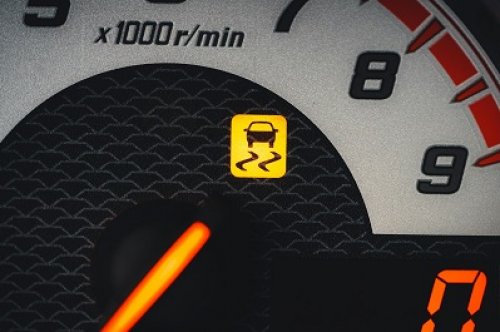Would you prefer a front-wheel-drive car or a rear-wheel-drive car?

When buying a car, one of the critical choices you’ll have to make is whether to go for Front-Wheel Drive (FWD) or Rear-Wheel Drive (RWD). Each drivetrain has distinct advantages and disadvantages, making them suitable for different driving conditions and preferences. Understanding these differences can help you make an informed decision.
Front-Wheel Drive (FWD) Cars
Pros of FWD Cars
-
Better Fuel Efficiency – FWD cars tend to be more fuel-efficient than RWD cars because they are typically lighter and require fewer drivetrain components.
-
More Interior Space – Since FWD configurations do not require a driveshaft running to the rear wheels, they allow for more interior and cargo space.
-
Improved Traction in Wet and Snowy Conditions – The weight of the engine is directly over the front wheels, providing better grip on slippery surfaces.
-
Lower Production Cost – Manufacturers find it cheaper to produce FWD cars, leading to lower sticker prices for consumers.
-
Easier to Drive – For everyday drivers, FWD cars are more forgiving and stable in normal driving conditions.
Cons of FWD Cars
-
Less Performance-Oriented – FWD cars tend to understeer at high speeds, making them less suitable for performance driving or spirited cornering.
-
Limited Handling Precision – The front wheels must handle both steering and power delivery, which can lead to less precise handling compared to RWD.
-
Uneven Weight Distribution – With most of the car’s weight concentrated at the front, handling dynamics are not as balanced as RWD vehicles.
-
Torque Steer – In high-power FWD cars, rapid acceleration can cause the steering wheel to pull to one side due to torque steer.
Rear-Wheel Drive (RWD) Cars
Pros of RWD Cars
-
Better Handling and Balance – RWD cars have a more even weight distribution, which leads to better handling, especially at high speeds.
-
Superior Performance – Most sports cars and high-performance vehicles use RWD for improved acceleration and cornering.
-
No Torque Steer – Since power is sent to the rear wheels, the front wheels are free to focus on steering, leading to better directional control.
-
Higher Towing Capacity – RWD configurations handle heavier loads better, making them preferable for towing and hauling.
-
Stronger and More Durable – The drivetrain components in RWD vehicles tend to be more robust, especially in trucks and performance cars.
Cons of RWD Cars
-
More Expensive – RWD vehicles are generally more costly to manufacture, leading to higher purchase prices.
-
Less Efficient – Additional drivetrain components, such as the driveshaft and rear differential, add weight and reduce fuel efficiency.
-
Poor Traction in Snow and Ice – RWD cars can struggle in winter conditions due to a lack of weight over the drive wheels, leading to wheel spin.
-
More Difficult to Control for Beginners – The tendency to oversteer makes RWD cars harder to handle, particularly for inexperienced drivers.
-
Oversteer – RWD cars generally have a tendency to oversteer when the rear wheel slips upon accelerating or decelerating.
Which One Should You Choose?
If you’re looking for a practical, fuel-efficient, and budget-friendly car for everyday driving, FWD is the better choice. On the other hand, if you prioritize performance, handling, and a dynamic driving experience, RWD is the way to go. Your decision should be based on your driving needs, climate, and personal preference.






